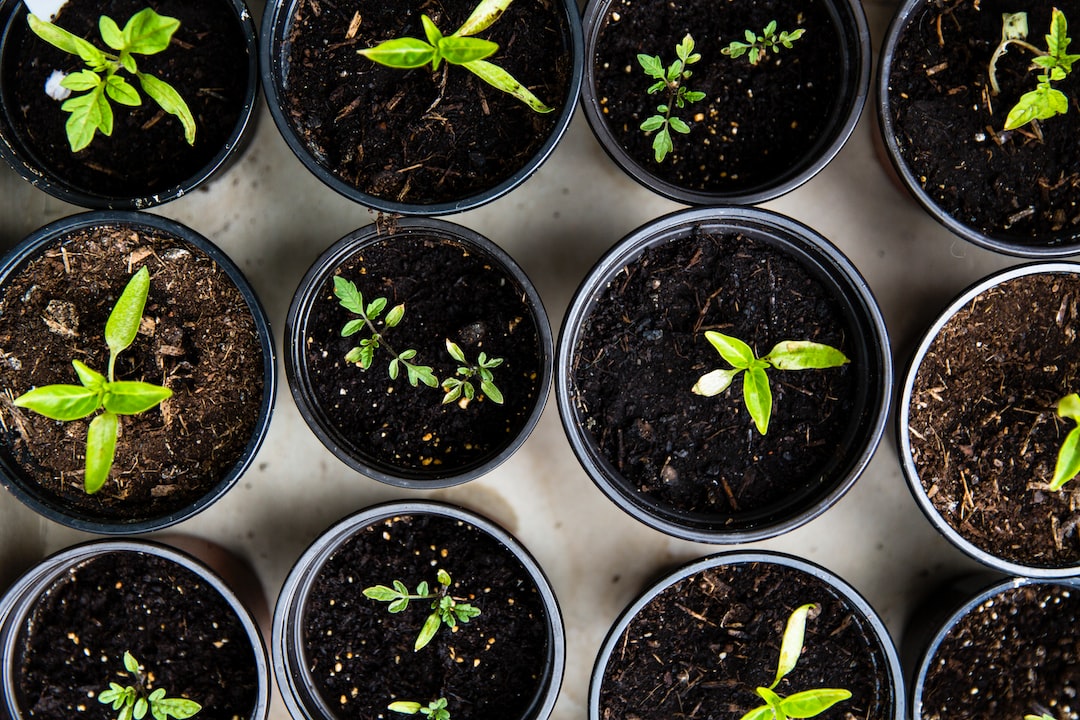Planning and Designing a Water-Wise Garden
In today’s era of climate change and increasing water scarcity, it is imperative that we take steps to conserve and wisely use this precious resource. One important way to do so is by designing a water-wise garden. A water-wise garden is a sustainable and environmentally friendly alternative to traditional gardens, as it requires less water while still providing a beautiful and thriving landscape. In this blog post, we will explore the steps involved in planning and designing a water-wise garden.
1. Assess your Garden’s Needs: Before starting your water-wise garden journey, it’s essential to evaluate the needs and characteristics of your garden. Observe how light, shade, and water flow impact different areas of your garden throughout the day. Identify areas that are prone to water wastage, such as excess runoff or areas with poor irrigation. This assessment will help you make informed decisions while planning your garden.
2. Create a Design Plan: Once you have assessed your garden’s needs, it’s time to create a design plan. Consider the different elements you would like to incorporate, such as pathways, flowerbeds, hardscapes, and seating areas. Additionally, think about the types of plants you want to grow and how they will fit into the overall design. Make a rough sketch of your desired layout, keeping in mind aesthetics, functionality, and water efficiency.
3. Choose Water-Wise Plants: The selection of appropriate plants is crucial in a water-wise garden. Opt for native and drought-tolerant plants that have adapted to the local climate conditions. These plants require less water as they have adapted to survive in arid environments. Succulents, cacti, and Mediterranean plants are excellent choices for water-wise gardens due to their low water requirements. Additionally, planting ground covers and using mulch can help conserve moisture and reduce evaporation.
4. Focus on Soil Health: Healthy soil is the foundation of a successful water-wise garden. Improve your soil’s water-holding capacity by adding organic matter, such as compost or well-aged manure. This will help retain moisture and reduce the need for frequent watering. Consider conducting a soil test to identify any nutrient deficiencies or imbalances that may hinder plant growth. By improving soil health, you can create a sustainable garden with better water absorption and utilization.
5. Install Efficient Irrigation Systems: To maximize water efficiency, it’s essential to install an efficient irrigation system. Drip irrigation is one of the most water-wise methods as it delivers water directly to the plant’s root zone, reducing water evaporation. Another option is installing a rainwater harvesting system to collect and store rainwater for later use in your garden. By using these systems, you can ensure responsible water usage and minimize wastage.
6. Implement Smart Watering Practices: Along with an efficient irrigation system, it’s important to adopt smart watering practices. Water your garden during the early morning or late evening hours when temperatures are cooler, as this reduces evaporation. Avoid over-watering and only provide water when necessary. Regularly inspect your garden for signs of stress, such as wilted leaves or dry soil, as these indicate the need for watering. Prolonging the time between watering sessions encourages deeper root growth and makes plants more resilient to drought conditions.
7. Maintain and Monitor: Regular maintenance and monitoring are crucial to the success of your water-wise garden. Opt for proper pruning techniques to remove diseased or damaged branches and improve air circulation. Remove weeds promptly, as they compete with your plants for water and nutrients. Monitor your plants for signs of pests or diseases, as they can weaken the plants and increase their water requirements. By staying vigilant, you can address any issues promptly and maintain a healthy and thriving water-wise garden.
In conclusion, planning and designing a water-wise garden requires careful consideration and thoughtful choices. By assessing your garden’s needs, creating a design plan, choosing water-wise plants, focusing on soil health, installing efficient irrigation systems, implementing smart watering practices, and regularly maintaining and monitoring your garden, you can create a beautiful landscape that conserves water and contributes to a sustainable environment. Take the initiative today and make a positive impact on our water resources by designing a water-wise garden.
